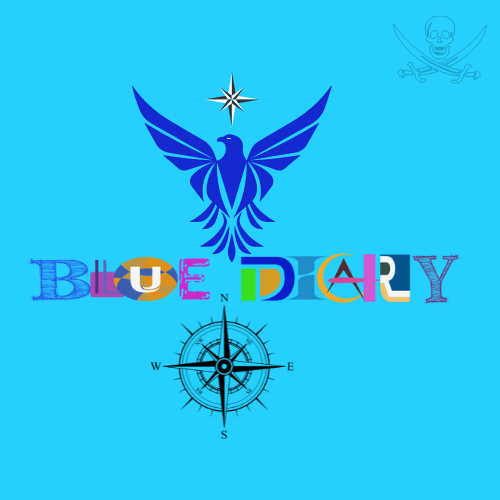Learn how to incorporate art history into careers like business, marketing, graphic design, etc. without becoming an academic
Incorporating art history into a career in business, marketing, graphic design, and related fields can enhance your understanding of aesthetics, culture, and communication. Here are several ways to integrate art history into these careers without becoming an educator:
1. Visual Storytelling in Marketing and Graphic Design:-
Understanding the historical context of art movements and styles can inform your design choices and help you create compelling visual narratives. By studying art history, you can gain insights into color theory, composition, and symbolism, which are crucial elements in marketing campaigns and graphic design projects.
2. Brand Identity and Design:-
Art history can provide inspiration for creating unique and memorable brand identities. By analyzing historical design trends and artistic movements, you can develop branding concepts that resonate with target audiences and communicate the values of a company or product.
3. Cultural Sensitivity and Global Marketing:-
Art history exposes you to diverse cultural perspectives and artistic traditions from around the world. This knowledge is valuable in global marketing efforts, where understanding cultural nuances and aesthetic preferences can help businesses tailor their messaging and branding strategies to different markets.
4. Market Research and Trend Analysis:-
Studying art history can sharpen your analytical skills and help you identify emerging trends in design, fashion, and consumer behavior. By recognizing patterns and influences from different historical periods, you can anticipate shifts in consumer tastes and preferences, allowing businesses to stay ahead of the curve.
5. Content Creation and Curation:-
Art historical knowledge can enrich content creation and curation efforts across various platforms, including social media, websites, and digital marketing campaigns. Incorporating references to iconic artworks or historical movements can add depth and sophistication to multimedia content, attracting and engaging audiences effectively.
6. Artistic Collaboration and Cross-disciplinary Projects:-
Collaborating with artists, curators, and cultural institutions can lead to innovative cross-disciplinary projects that bridge the worlds of art and business. By leveraging your understanding of art history, you can foster creative partnerships and explore new avenues for brand expression and cultural exchange.
7. Event Planning and Exhibition Design: -
Event planning and exhibition design offer opportunities to integrate art historical knowledge into immersive and memorable experiences. Whether organizing corporate events, trade shows, or gallery exhibitions, incorporating elements of art history can elevate the aesthetic appeal and thematic coherence of the overall presentation.
By incorporating art history into your career in business, marketing, graphic design, or related fields, you can enhance your creativity, critical thinking, and cultural awareness, thereby enriching your professional practice and contributing to meaningful and impactful projects.






